Entry Category: European Exploration to Early Statehood
aka: Act to Remove the Free Negroes and Mulattos from the State
Alph (Lynching of)
Appeal of the Arkansas Exiles to Christians throughout the World
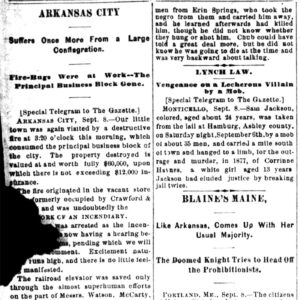 Ashley County Lynching Article
Ashley County Lynching Article
Ashley County Lynching of 1857
Austin v. The State
Bob (Lynching of)
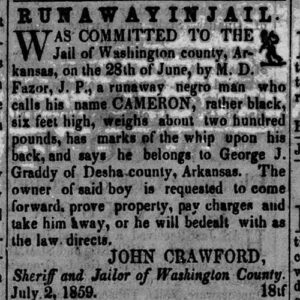 Bob Lynching Story
Bob Lynching Story
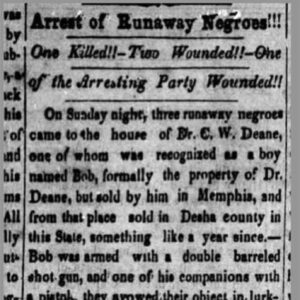 Bob Lynching Story
Bob Lynching Story
Chicot County Lynching of 1836
aka: Bunch (Lynching of)
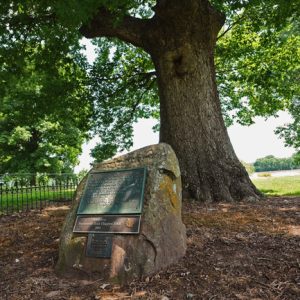 Council Oaks Tree
Council Oaks Tree
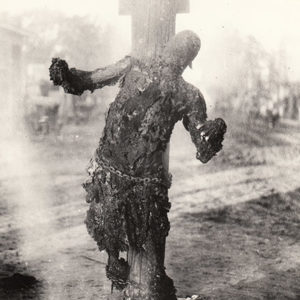 Edward Coy Lynching
Edward Coy Lynching
 Edward Coy Lynching
Edward Coy Lynching
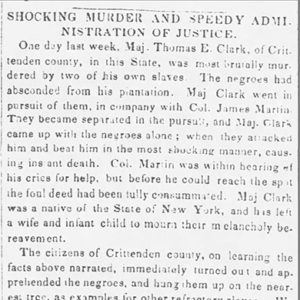 Crittenden County Lynching Article
Crittenden County Lynching Article
Crittenden County Lynching of 1840
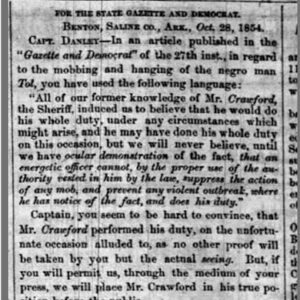 Danley Comment Story
Danley Comment Story
Factory System
aka: Indian Trading Posts
aka: Indian Factory System
Garner, Margaret “Peggy”
Gary v. Stevenson
Guy v. Daniel
aka: Abby Guy v. William Daniel
Hackett, Nelson
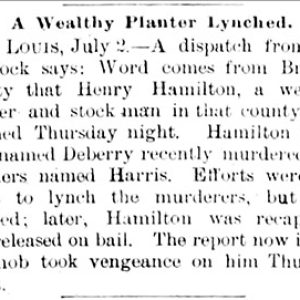 Henry Hamilton Lynching Article
Henry Hamilton Lynching Article
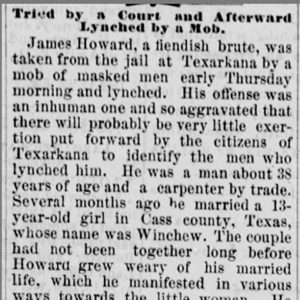 James Howard Lynching Article
James Howard Lynching Article
 James Howard Lynching Article
James Howard Lynching Article
Indian Removal
Jefferson County Lynching of 1857
Lafayette County Lynching of 1859
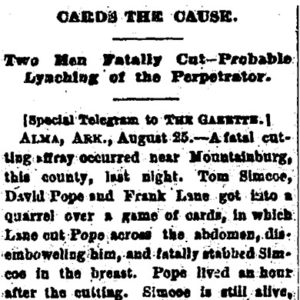 Frank Lane Lynching Article
Frank Lane Lynching Article
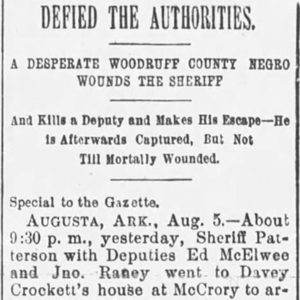 McClendon Lynching Story
McClendon Lynching Story
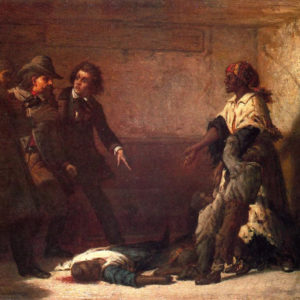 The Modern Medea
The Modern Medea
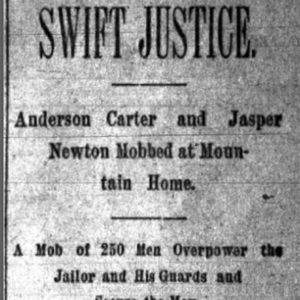 Mountain Home Lynching Article
Mountain Home Lynching Article
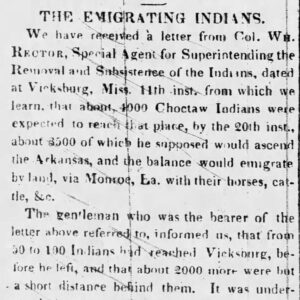 Native American Emigration Story
Native American Emigration Story
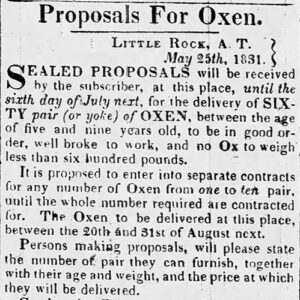 Native American Supplies Ad
Native American Supplies Ad
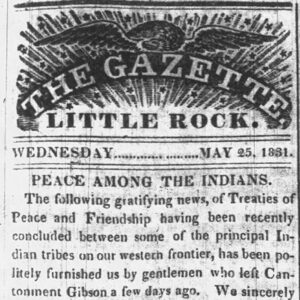 Native American Treaty Story
Native American Treaty Story
Office of Removal and Subsistence
Phillips County Lynching of 1849
Phillips County Lynching of 1859
Ridge, Sarah Bird Northrup
Scott County Lynching of 1843
Slave Codes
Slave Literacy
Slavery
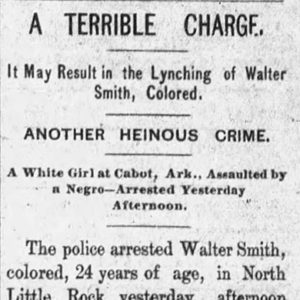 Walter Smith Crime Story
Walter Smith Crime Story
Toll (Lynching of)
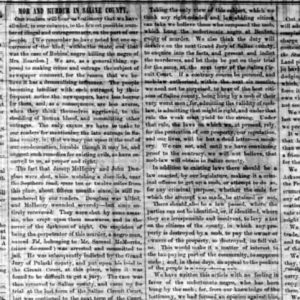 Toll Lynching Story
Toll Lynching Story
Trail of Tears
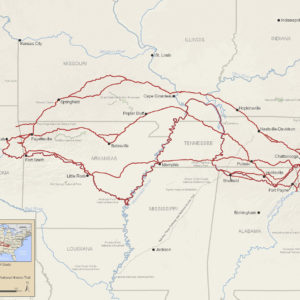 Trail of Tears Map
Trail of Tears Map
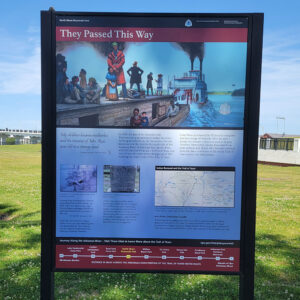 Trail of Tears Sign
Trail of Tears Sign
 Trail of Tears Water Route
Trail of Tears Water Route




